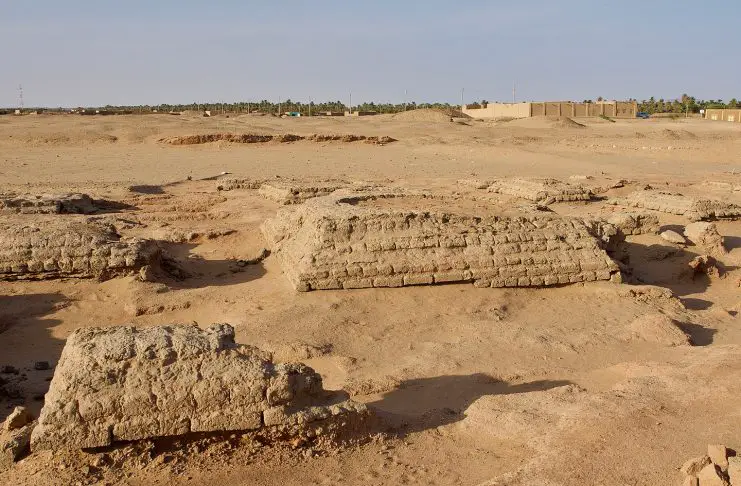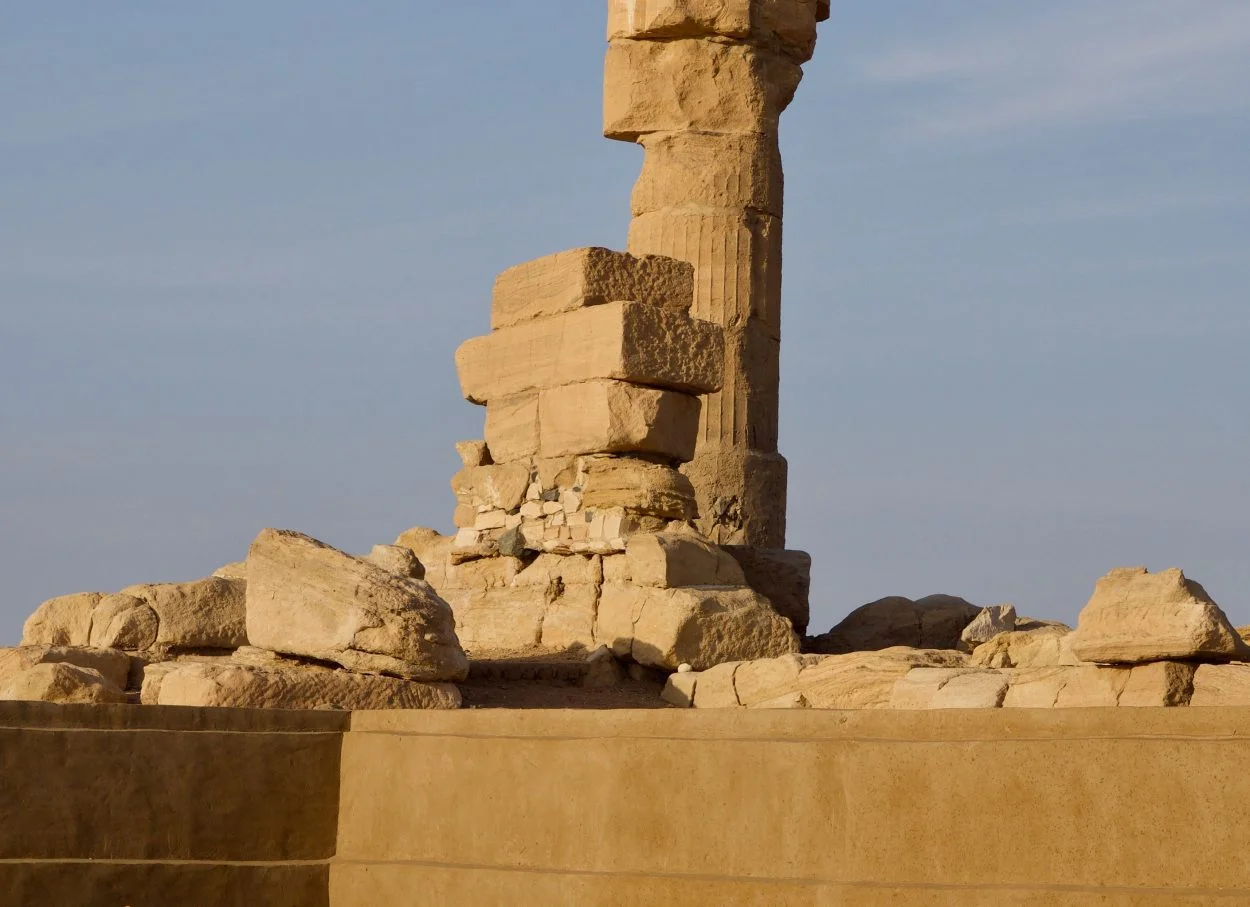
The Sedeinga Pyramids
The Sedeinga Pyramids is a concentration of 80 small pyramids, constructed between the second and third cataracts on the west bank of the Nile Valley in Middle Nubia, near Sedeinga, Sudan.
Sedeinga served as a regional capital during the Kingdom of Kush, an ancient African kingdom located in Nubia, encompassing the areas between present-day central Sudan and southern Egypt.
This region was home to three periods of Kushite development through antiquity. The first had its capital based at Kerma (2600 to 1520 BC), which was Nubia's first centralised state with an indigenous form of architecture and burial customs.
The second was centred on Napata (1000–300 BC), with the last kingdom being centred at Meroë (300 BC to AD 300). Both later Kingdoms saw a close influence develop from the customs and burial practices of Ancient Egypt.
Although isolated from the greater part of Kush, Sedeinga connected the Kingdom directly with Middle Egypt, likely serving as a centre of trade along an ancient trade route.
The pyramid site consists of thousands of burial chambers, and the surviving bases of 80 pyramids that date from the late Meroitic period. The largest pyramids are 22 feet wide at their base, with the smallest example likely constructed for the burial of a child, being only 30 inches wide.

Pyramid burial was generally reserved for royalty, but the pyramids at Sedeinga was constructed mainly for the wealthy elite, exhibiting architectural features that has a greater Egyptian influence, typified by capstones depicting birds or lotuses emerging from solar discs.
During the 18th dynasty, the Egyptians controlled Nubia as far south as the 4th cataract on the Nile River. A temple was constructed at Sedeinga in dedication to Queen Tiye, the royal wife of Pharaoh Amenhotep III who had alleged Nubian origins. This temple was the female counterpart to the great temple Amenhotep III built nearby in Soleb for his own divine image and for Amun.
Header Image Credit : Laurent de Walick – CC BY 2.0
-- Sent from my Linux system.
No comments:
Post a Comment